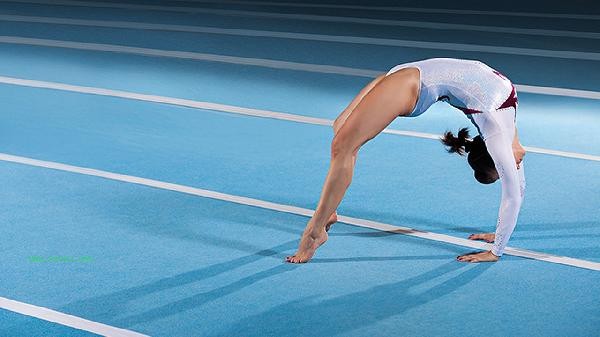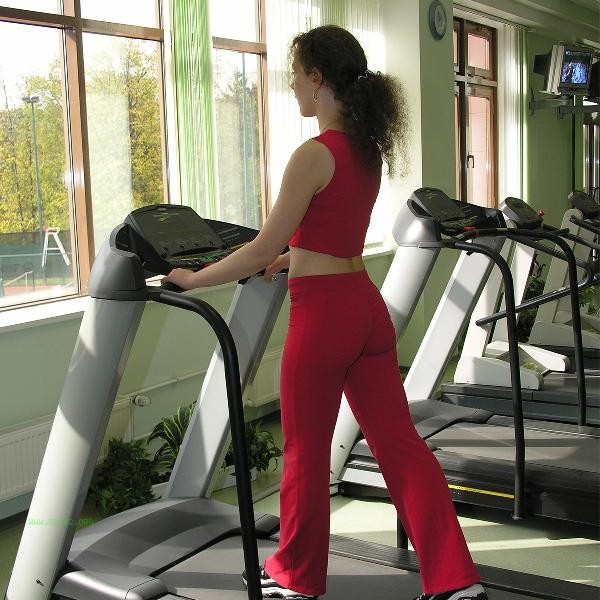Women's fitness needs to focus on adapting exercise intensity, adjusting physiological cycles, supplementing nutrition, and implementing protective measures. The main measures include gradually increasing exercise intensity, adjusting menstrual training, supplementing protein and iron elements, joint protection, and avoiding excessive dieting.

1. Gradual Exercise Intensity
Women have relatively less muscle mass and special hormone levels. In the early stages, low-intensity aerobic exercise such as brisk walking and swimming should be chosen, and resistance training should be gradually increased after adaptation. The weekly increment should not exceed 10%, and sudden high-intensity movements such as heavy squats or hard pulls should be avoided to prevent muscle strains or hormonal imbalances.
2. Menstrual Training Adjustment
When estrogen levels decrease during the luteal phase, moderate to low-intensity training can be performed. Avoid inverted or abdominal compressions during the first three days of menstruation. For those with severe dysmenorrhea, it is recommended to switch to yoga or Pilates, and high-intensity interval training can be arranged during the peak period of ovulation.
3. Protein and iron supplementation
requires a daily intake of 1.2-1.6 grams of protein per kilogram of body weight, preferably high-quality proteins such as eggs and fish. People with heavy menstrual flow should consume animal liver 2-3 times a week, combined with vitamin C to promote iron absorption. Supplementing with whey protein before and after exercise can help with muscle repair.

4. Joint Protection
Women's hip joints have a larger Q angle and looser ligaments, so when squatting, the knee should be aligned with the second toe. It is recommended to wear knee pads for jumping training, choose shock-absorbing running shoes, and do hip joint stability exercises such as clamshell opening and closing after exercise.
5. Avoid excessive dieting
Body fat percentage below 18% may cause amenorrhea, and the daily calorie deficit during weight loss should not exceed 300 calories. Supplementing with a 3:1 ratio of carbohydrates to protein meal within 30 minutes after exercising, long-term low-carbon diet can lead to an increase in cortisol and affect metabolism.

Women's fitness needs to establish a periodic training plan, strengthen strength training in the first week after menstruation, and focus on endurance exercises after ovulation. After exercise, supplement with electrolyte containing drinks and ensure at least 7 hours of sleep to balance leptin levels. Regularly conduct body composition testing and adjust protein intake when muscle mass increases too quickly. Menopausal women should increase calcium supplementation to avoid low blood sugar caused by fasting exercise. It is recommended to choose sports underwear to provide sufficient support and use anti slip gloves to protect the wrist during high-intensity training.






Comments (0)
Leave a Comment
No comments yet
Be the first to share your thoughts!